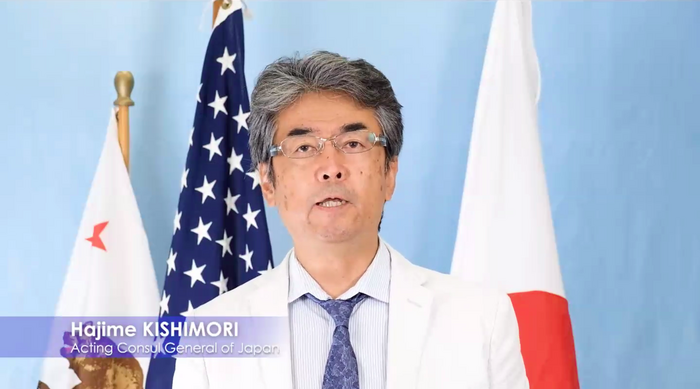Cross-Cultural Education and Higher Education
The following is a guest article written by Yuntong Hu, a PhD student at the University of Tokyo. Hu enrolled in a course at the University of TokyoŌĆÖs Graduate School of Education called ŌĆ£Introduction to International and Cross-Cultural Education,ŌĆØ which was co-taught by 91│į╣Ž Director Dr. Gary Mukai and former Director Dr. Hideto Fukudome. 91│į╣Ž will feature several student reflections on the course in 2023.
I enrolled in the class ŌĆ£Introduction to International and Cross-Cultural EducationŌĆØ in fall 2022. One of my biggest takeaways from the class is the need to consider cross-cultural education as an essential part of higher education. Lectures by scholars from diverse research backgrounds engaged the students in various discussions that included textbook comparisons among five societies, culturally relevant curriculum, and gender-related issues. The discussions of these and other topics greatly inspired me.
Concerning topics like textbooks, I have often noticed conflict among different cultures and countries. Miscommunication and misunderstandings seem so commonplace that it has made me wonder whether information on other cultures and countriesŌĆöprovided through formal schoolingŌĆöhas not been provided in a balanced way. By attending the class, I realized that most of us have few opportunities to hear various perspectives on controversial topics in our schooling and that it is often the case that students learn little about other cultures and as a result, lose the chance to reflect more upon their own cultures.
As an international student in Japan, I am often asked why I chose to study abroad. My answer is always, ŌĆ£I want to look at my country, China, from different perspectives.ŌĆØ By understanding other cultures, we recognize what is unique in our culture. Cross-cultural education can help people realize a more interconnected world where different cultures can coexist and even find benchmarks or commonalities for further cooperation.
My PhD research topic is related to the development of world-class universities, and in this class, I realized that it is essential to think about universities from a global perspective. Nowadays, many countries consider world-class universities as a type of soft power and encourage them to play a role in the transmission of culture. However, without mutual understanding, people cannot accept different cultures easily. It is important for universities to hold an open attitude toward other cultures before they transmit their notions of culture.
Globalization is not just about using English in classes or recruiting foreign faculty and asking them to conduct the same research as they did in their own countries. In Asia, many universities pay much attention to numbers, e.g., the number of international members, the number of papers published in English, the number of classes conducted in English. But what about the communication between foreign faculty and local students? What about the campus climate where members representing various cultures can feel comfortable? What about the presentation of diverse perspectives on controversial topics? Beyond numbers, there are many more issues to consider.
The class provided by 91│į╣Ž-CASEER helped me consider cross-cultural education in the context of not only pre-collegiate education but also in higher education. Moreover, as a student with cross-cultural experiences, I felt so fortunate to have the opportunity to reflect upon my own education and upbringing again and also to view China from other perspectives.
To stay informed of 91│į╣Ž news, and follow us on , , and .
Read More
PhD student Yuntong Hu reflects on the importance of cross-cultural education at world-class universities.

























